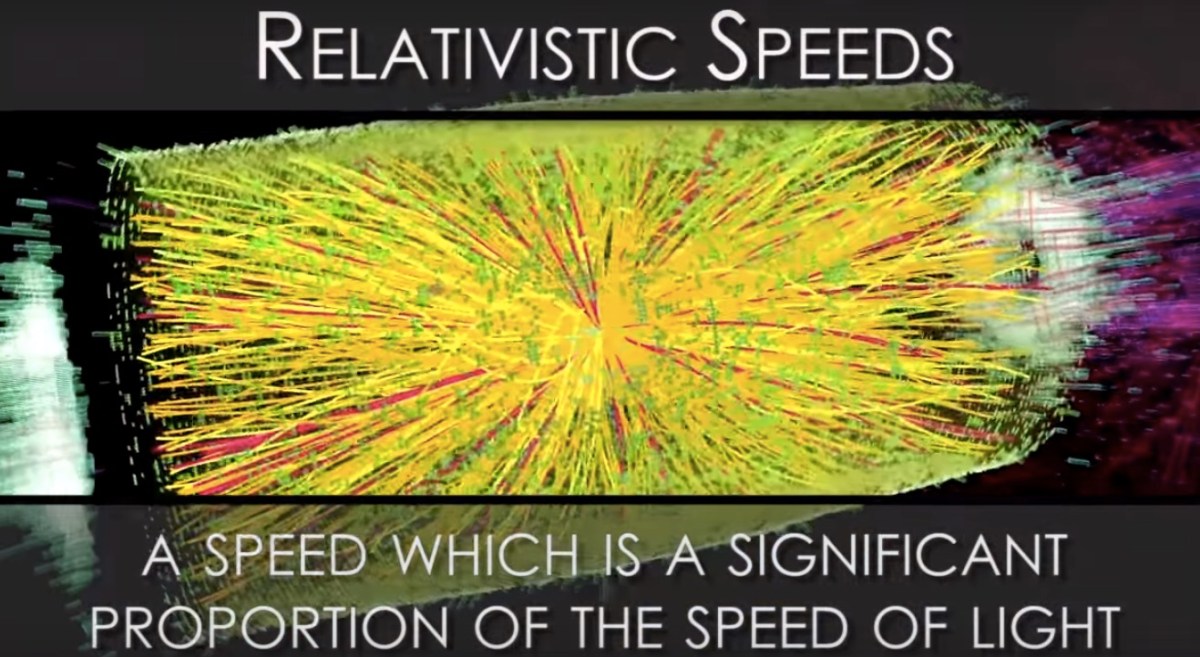While visiting far-off destinations in space always sounds exciting, the reality of the technical challenges of actually crossing such mind-boggling distances is difficult to surmount. However, while work on the next-generation Space Launch System designed to take humans to Mars on a five-month trip is progressing well, other technologies could get us there much faster and make the whole concept way more practical.
One of those technologies is photonic propulsion, or literally shooting us there with lasers, and the best part is that it’s not nearly as outlandish as it sounds. As a matter of fact, the Kepler space telescope is already using the pressure of photons traveling from the sun to balance itself and continue its mission in space. Meanwhile, The Planetary Society is using a similar technique for propulsion of its LightSail spacecraft.
However, to actually propel large spacecraft (LightSail is pretty … well, light) to the relativistic speeds (speeds even somewhat approaching the speed of light) necessary to significantly shorten space travel times, NASA wouldn’t so much rely on photons from the sun as on powerful lasers on Earth that would be directed at the spacecraft. This could allow a robotic mission to reach Mars in a matter of days:
Professor Philip Lubin, of University of California Santa Barbara, and his team already secured a NASA Innovative Advanced Concept grant to explore the technology. Whereas standard rockets are powered by chemical reactions to create thrust and need to carry enough fuel to allow them to accelerate, photonic propulsion could allow continuous acceleration up to previously unthinkable fractions of the speed of light with all the energy necessary provided from a distance.
However, even if we could reach nearby regions of space in a matter of years, there are still technological challenges beyond just getting there. Decelerating from such incredible speeds to make a landing presents its own problems in space, where slowing down takes as much effort as speeding up. Even then, if we sent a spacecraft to a location even a few light years away, communicating with it would take years at a time, since any radio signal would be traveling at light speed.
Still, if we don’t even have the technology necessary to reach such speeds, figuring out how to make them practical in terms of deceleration and communication won’t happen. Getting photonic propulsion figured out is an important step in the technological advancements that will solve the problems it raises, which just means we’ll get even more amazing technology. We can hardly wait.
(via Wired, image via NASA 360)
—Please make note of The Mary Sue’s general comment policy.—
Do you follow The Mary Sue on Twitter, Facebook, Tumblr, Pinterest, & Google +?








